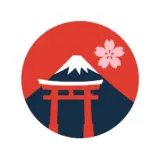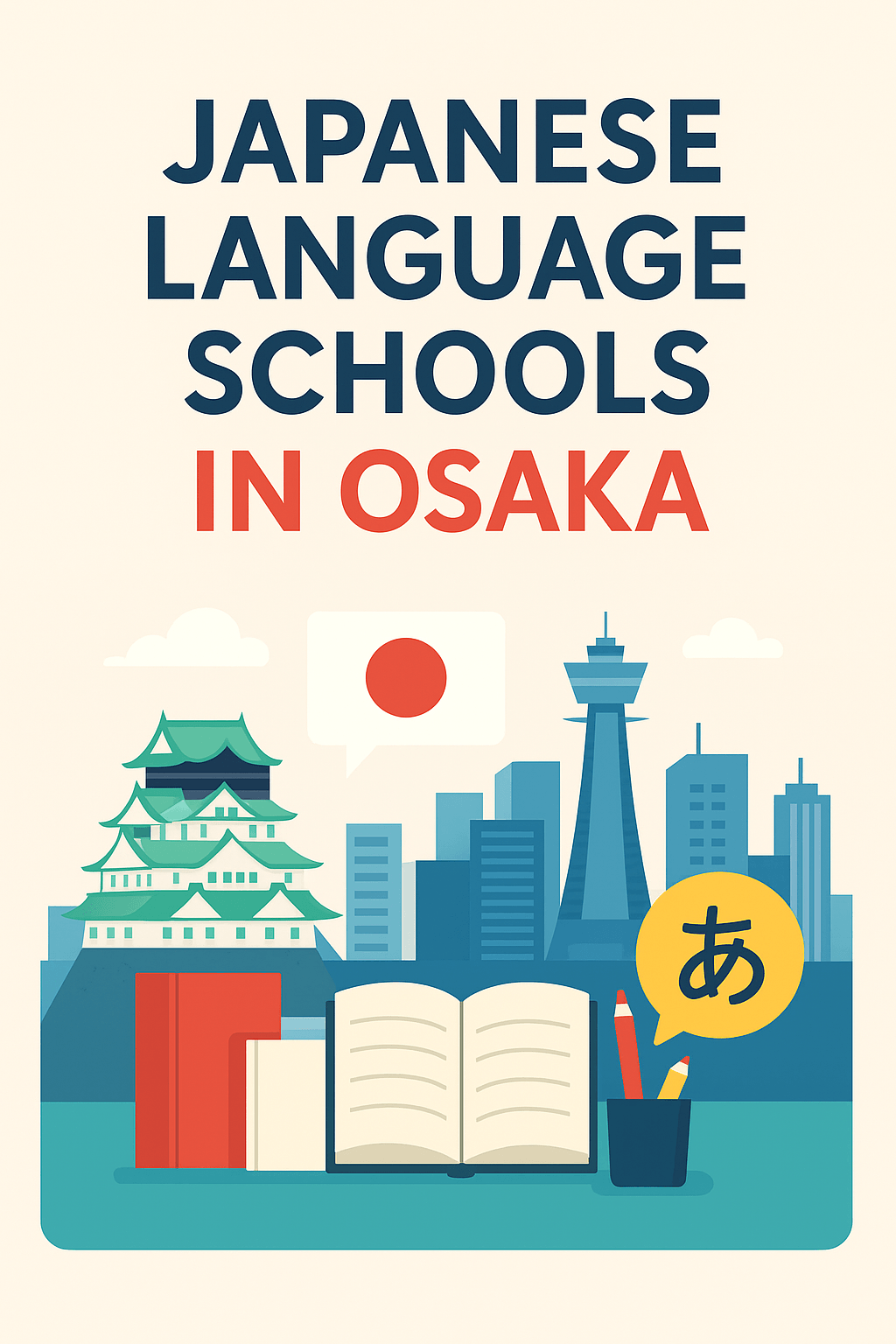Osaka is one of the best cities in Japan to learn Japanese—energetic, friendly, affordable, and full of culture. But here’s the problem:
There isn’t just “one type” of Japanese school.
In Osaka, there are four different types of institutions that teach Japanese, and each one offers a completely different path, visa option, cost, and future opportunity.
In this blog, I will clearly explain:
✅ All school types in Osaka
✅ How they are different (visa, cost, goal, difficulty, job chances)
✅ Real verified school list (websites double-checked)
✅ Which type is best for YOU
✅ Common mistakes to avoid
✅ My personal advice
🎌 1. TYPES OF JAPANESE SCHOOLS IN OSAKA
✅ 1) Japanese Language Schools (日本語学校)
Goal: Learn Japanese (Beginner to Advanced)
Duration: 6 months – 2 years
Visa: ✔ Yes (Student visa)
Focus: JLPT, conversation, daily life
Environment: International students from many countries
✔ Pros:
- Easy to enter
- Good for beginners
- Flexible levels
- Social environment
✖ Cons:
- Not academic
- Job support varies by school
- Everyone has different goals
👉 Best for:
People who want to focus on Japanese only, improve quickly, or prepare for JLPT.
✅ 2) Senmon (Vocational Schools) + Japanese Prep Program
Goal: Learn Japanese + train for a career (IT, design, tourism, animation, etc.)
Duration: 2+ years (1st year Japanese prep + 1-2 years vocational)
Visa: ✔ Yes (Student visa)
Focus: Real skills + language + job pathway
Connections: Strong ties to Japanese companies
✔ Pros:
- Pathway to real jobs
- Internships
- Industry teachers
- Recognized diploma
✖ Cons:
- Requires some Japanese (N5/N4)
- Harder entry
- More intense courses
👉 Best for:
People who want to WORK in Japan long-term.
✅ 3) University “Bekka” / Japanese Language & Culture Programs (別科)
Goal: Academic Japanese, prepare for university
Duration: 6 months – 1 year
Visa: ✔ Yes
Prestige: Very high
Campus life: Full Japanese university experience
✔ Pros:
- University atmosphere
- Great for EJU / JLPT N2-N1
- Strong reputation
✖ Cons:
- Hard to enter (needs transcripts, exams)
- Limited spots
- More expensive
👉 Best for:
Students who want to enter a Japanese university or prefer academic settings.
✅ 4) Short-Term / Conversation-Focused Courses
Goal: Speak Japanese, enjoy Japan
Duration: 1 week – 3 months
Visa: ❌ No student visa (tourist OK)
Focus: Conversation, fun lessons
Style: Flexible schedule, small classes
✔ Pros:
- No long commitment
- Easy to join
- Great for speaking practice
✖ Cons:
- No long-term visa
- Not enough for high-level JLPT
- Limited depth
👉 Best for:
Travelers, working holiday, or people who just want to speak better.
✅ 2. COMPARISON TABLE
| Type | Visa | Duration | Goal | Difficulty | Job Support |
|---|---|---|---|---|---|
| Japanese Language School | ✔ | 6–24 mo | Language | Easy–Medium | Low–Medium |
| Senmon + Prep | ✔ | 2+ yrs | Language + Career | Medium | High |
| University Bekka | ✔ | 6–12 mo | Academic | Hard | Medium–High |
| Short-Term Course | ❌ | 1–12 weeks | Speaking | Easy | None |
🎓 3. JAPANESE LANGUAGE SCHOOLS IN OSAKA
[googlemaps https://www.google.com/maps/d/embed?mid=1hhjzvzQqF-oCFaJFaXD09TrKjoZOOPE&ehbc=2E312F&w=640&h=480]🎯 4. WHICH TYPE SHOULD YOU CHOOSE?
✅ Want basic to advanced Japanese + JLPT? → Language School
✅ Want to work in Japan? → Senmon (best job connections)
✅ Want university in Japan? → Bekka Program
✅ Short stay / speaking? → Short-Term Course
⚠ 5. BEFORE APPLYING: IMPORTANT CHECKLIST
- Does the school have company connections?
- Do graduates find jobs or go to universities?
- Location (Umeda? Namba? Far?)
- Total cost (hidden fees?)
- Teacher quality
- Student support
- Reviews from real students
- Dormitory or housing help?
💡 My Personal Advice
Language school is a great start… but if you want to STAY in Japan, think long-term.
Best pathway:
Language School → Senmon or University → Job → Visa → Long-term life in Japan
Osaka is actually better than Tokyo in terms of cost + lifestyle balance, and more open to foreigners compared to Kyoto.
✅ 6. Conclusion
Osaka offers many amazing ways to learn Japanese—but each school type leads to a different future.
If you understand the differences clearly, you can choose the RIGHT path and avoid wasting time or money.
In the next post, I can compare the TOP schools from each category in detail (curriculum, cost, location, job support).

